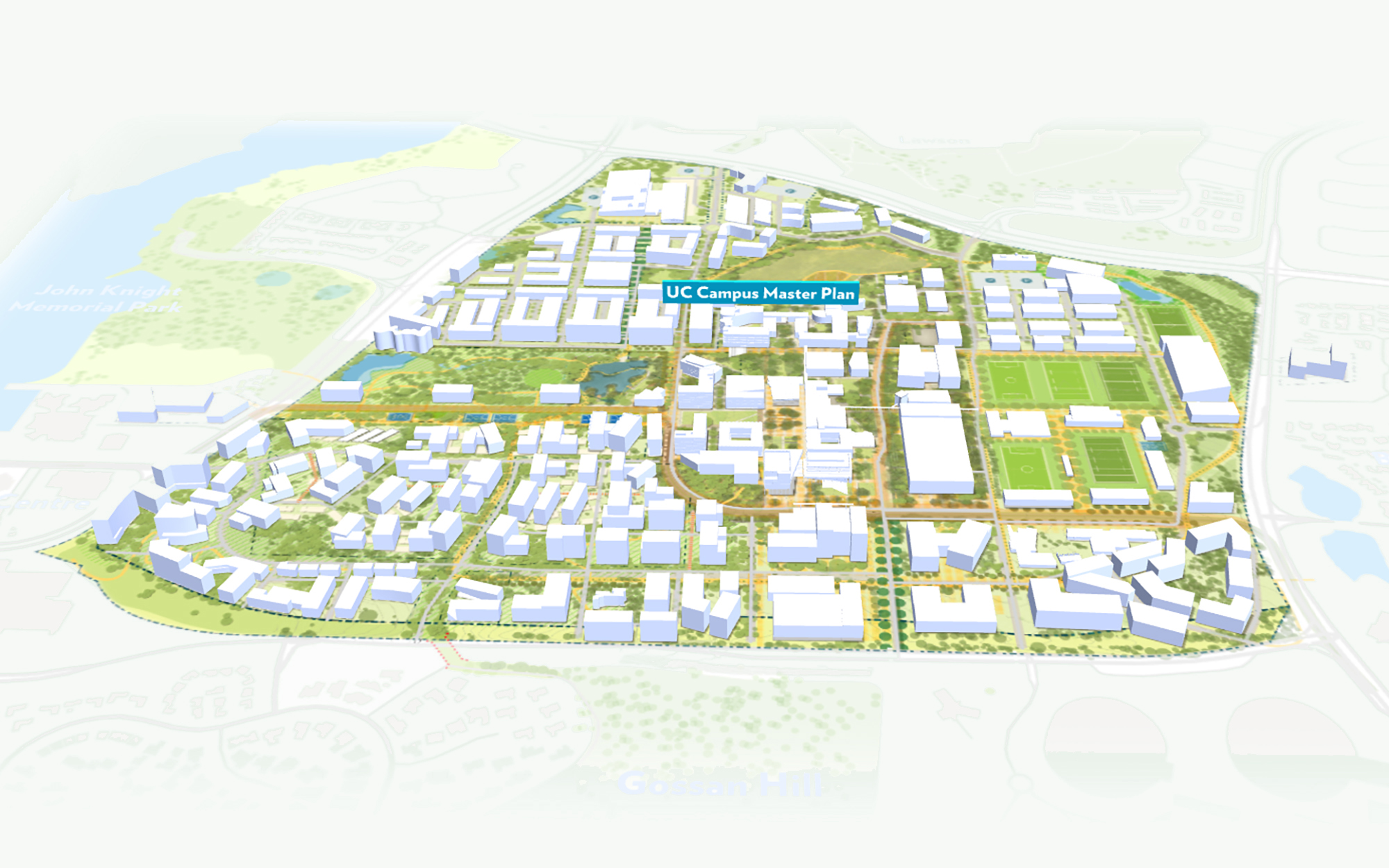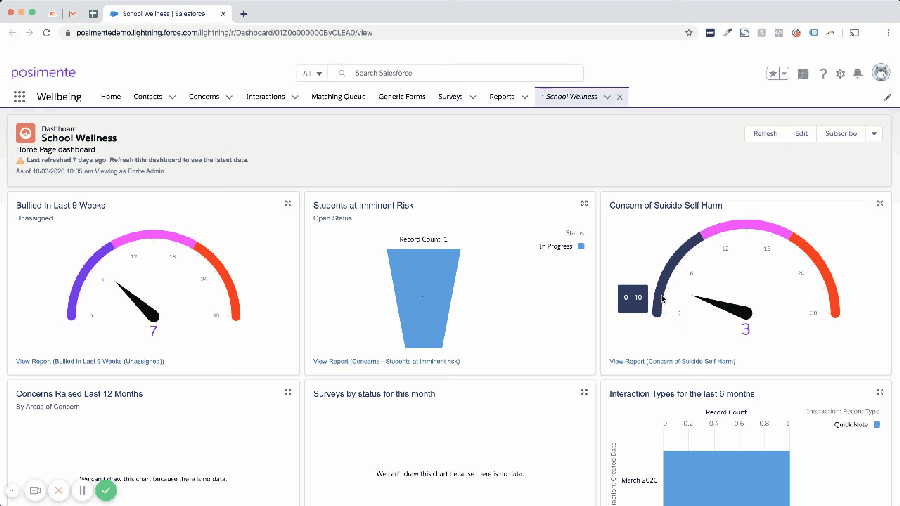| Lynlea Small, University of the Sunshine Coast |
I teach computing and engineering students, where the degree programs are accredited by professional bodies. Major employers came to the campus last week, to recruit the students I teach. These students undertake project based work, internships, group projects for real clients and other forms of work integrated learning. The last assessment task I take students through is to write an application for a currently advertised job, explaining how the skills and knowledge they have gained can be used in the workplace. This makes the students more employable. However, not all degrees are so vocationally focused and a degree may not be the best path to a career.
Rather than calling on graduates to be "resilient, determined and adaptable", as Small, Shaw and McPhail do, I suggest we need to change the policy. The Australian government has made an attempt to do that, by making degrees which lead to jobs cheaper and also introducing six month undergraduate certificates for high demand job areas. However, I suggest also encouraging more school leavers to take up a VET program. These VET graduates can then contemplate further study, perhaps at university, after they have employment.
Academics can also play a part in making graduates more employable. They can do this by building practical skills into the curriculum, which help students demonstrate they are "resilient, determined and adaptable". It is not enough to encourage students to undertake extracurricular activities and hope somehow this will make up for the deficiencies in their degree program. It requires teaching staff to learn new teaching skills, so they can provide a less theoretical, more practical form of education, where students learn to solve real problems for real people, by solving real problems for real people.
It is not easy to teach or to assess real world skills. But it does help if you have received that form of training yourself recently and have been trained to teach it. It also helps if you have real world experience, and team up with those who have for teaching. I found training in both the VET and university sectors in new ways to teach very useful. Also useful was being able to relate my experience working in the computer industry, designing systems, working in teams and reviewing failed projects. It also helps to have experience of being an international online student, so I can better understand what my students are experiencing.







